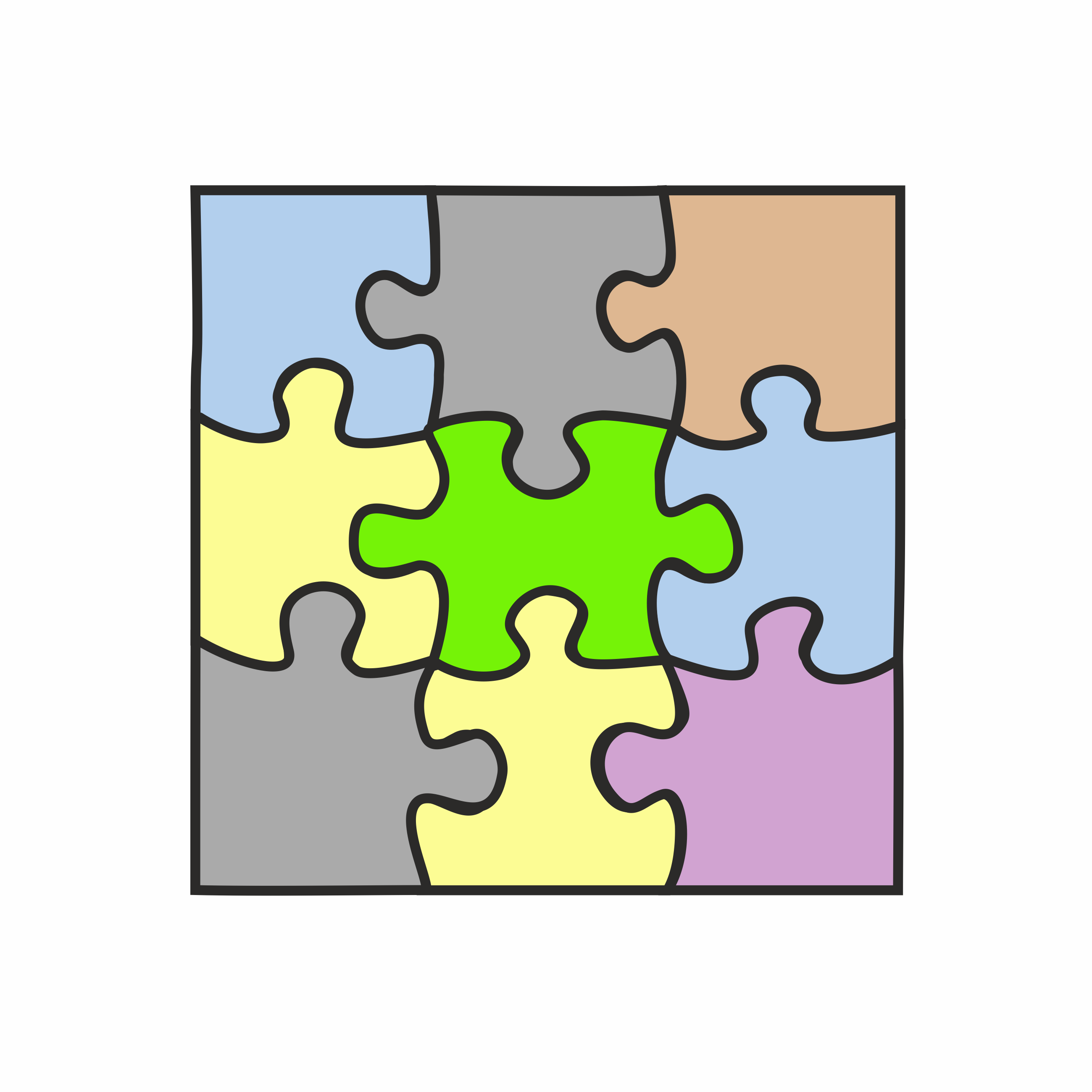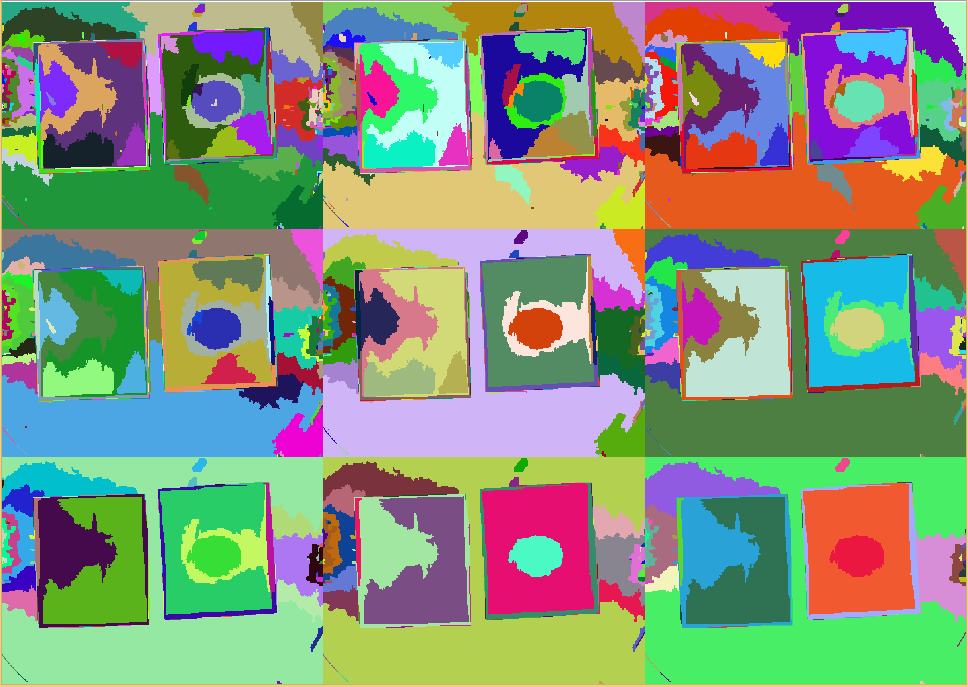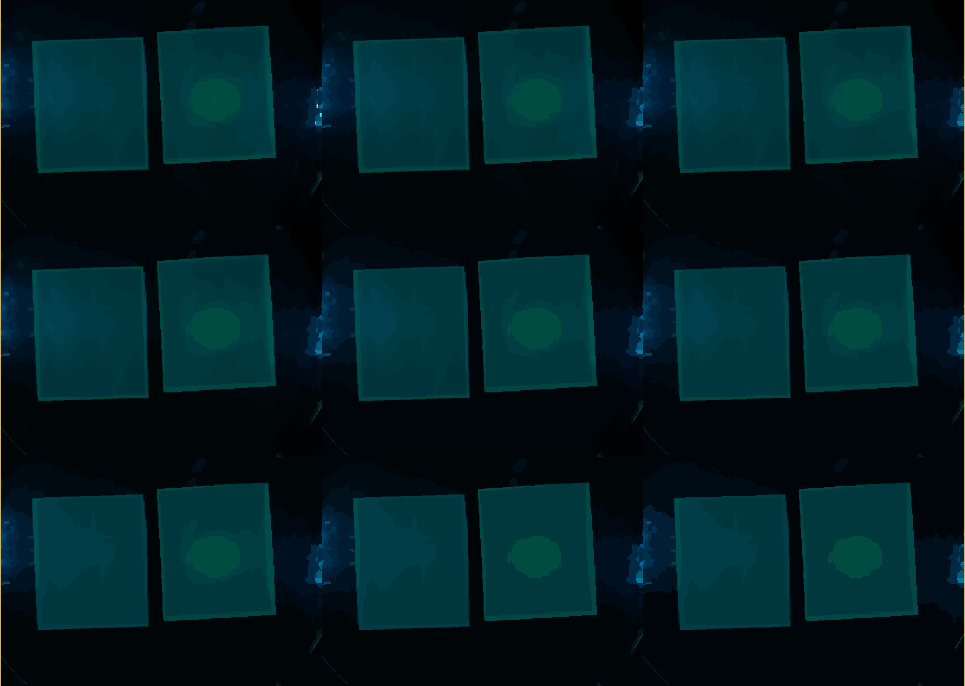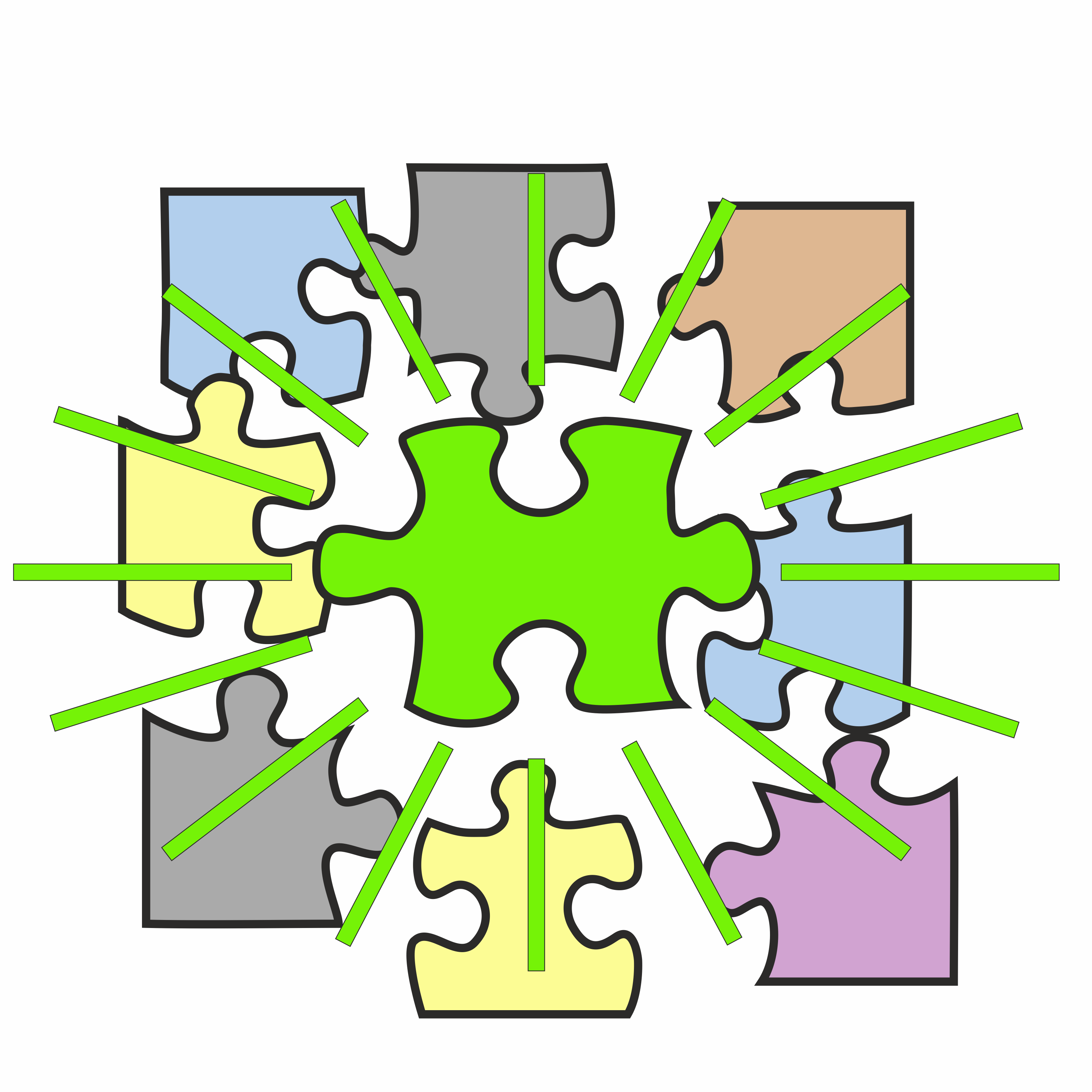Team:Aachen/Notebook/Software/Measurarty
From 2014.igem.org
m (→Measurarty - An Introduction) |
(→Smoothness Index) |
||
| Line 213: | Line 213: | ||
Smooth areas do not differ in intensity, and therefore only low changes in velocity (intensity change) can be recorded. | Smooth areas do not differ in intensity, and therefore only low changes in velocity (intensity change) can be recorded. | ||
For the reduction of noise, this operation is performed on the smoothed input image. | For the reduction of noise, this operation is performed on the smoothed input image. | ||
| - | Then the smoothness $s$ of a pixel $p$ can be determined as: | + | Then the smoothness $s$ of a pixel $p$ in its k-neighbourhood $\mathcal{N}_k$ can be determined as: |
\begin{equation} | \begin{equation} | ||
s(p) = \sum\limits_{p' \in \mathcal{N}_k} \nabla(p') / \arg\max\limits_{p} s(p) | s(p) = \sum\limits_{p' \in \mathcal{N}_k} \nabla(p') / \arg\max\limits_{p} s(p) | ||
| Line 226: | Line 226: | ||
Finally, selecting for the red region, this delivers the location of possible pathogens. | Finally, selecting for the red region, this delivers the location of possible pathogens. | ||
Since the size of the agar chips is variable but fixed a quantitative analysis can be performed by counting pixels for instance. | Since the size of the agar chips is variable but fixed a quantitative analysis can be performed by counting pixels for instance. | ||
| - | |||
=== Empirical Evaluation === | === Empirical Evaluation === | ||
Revision as of 10:19, 17 October 2014
|
|
|
|
|
|
|
 "
"






